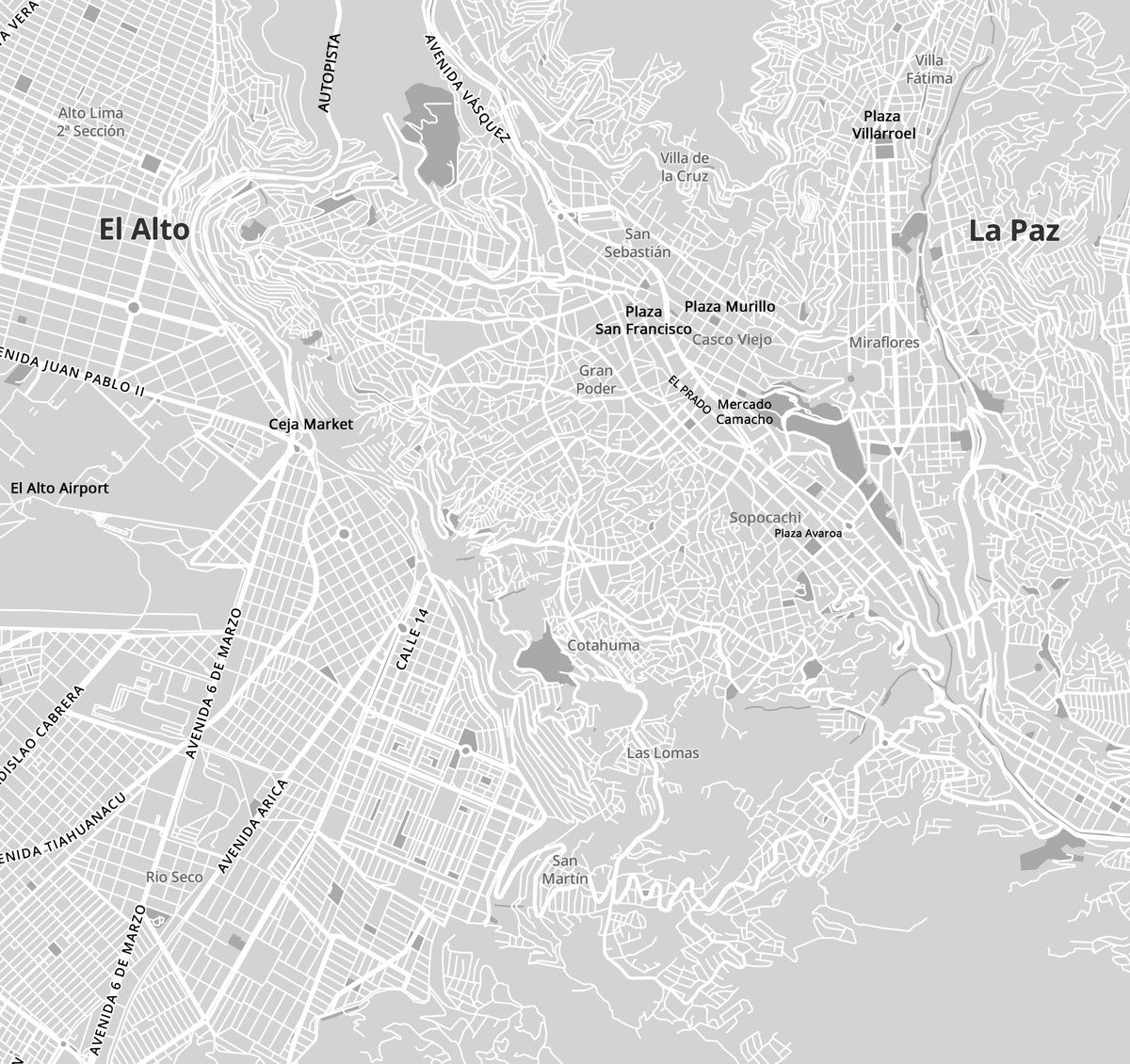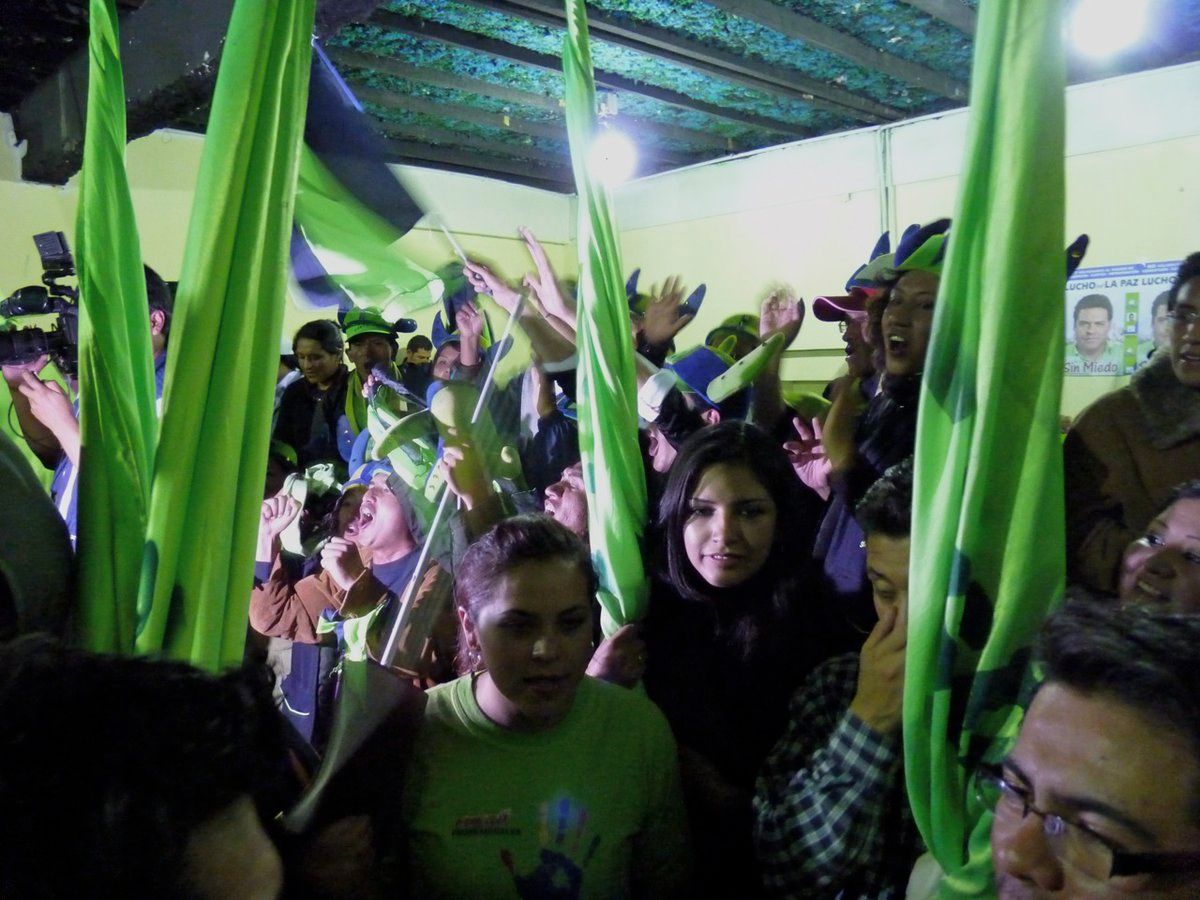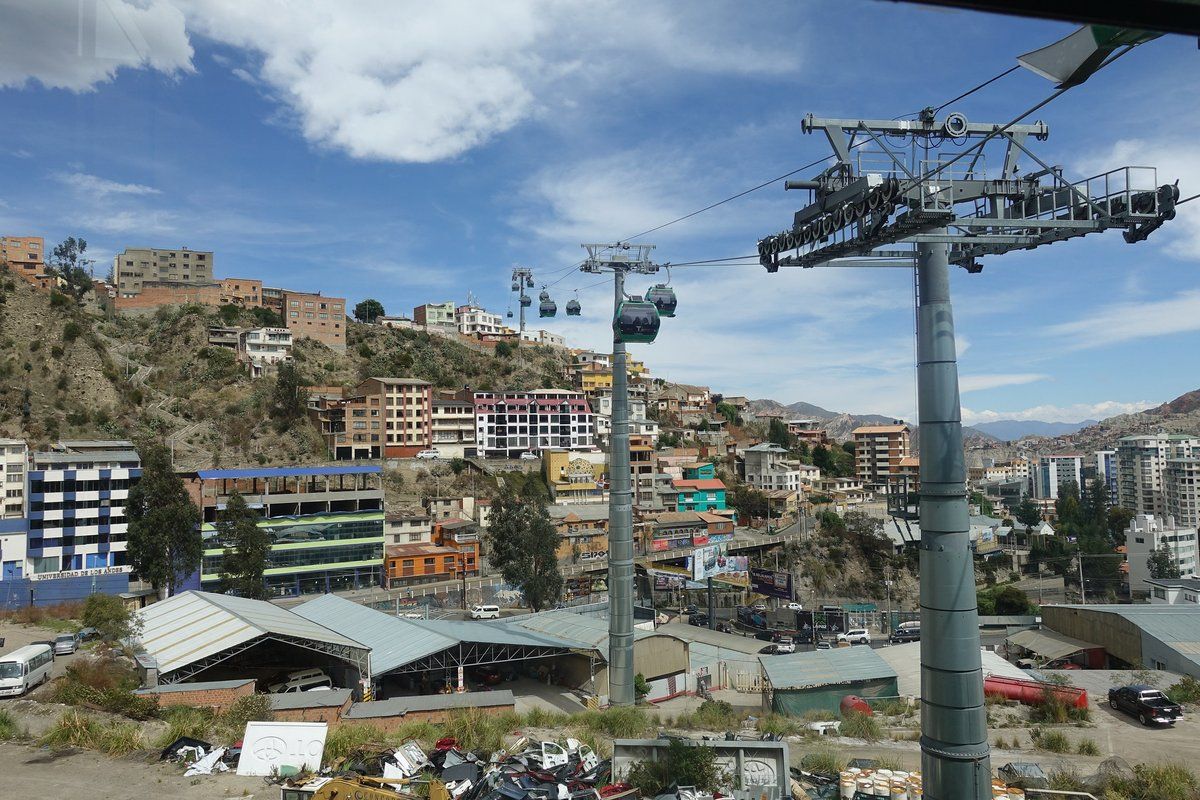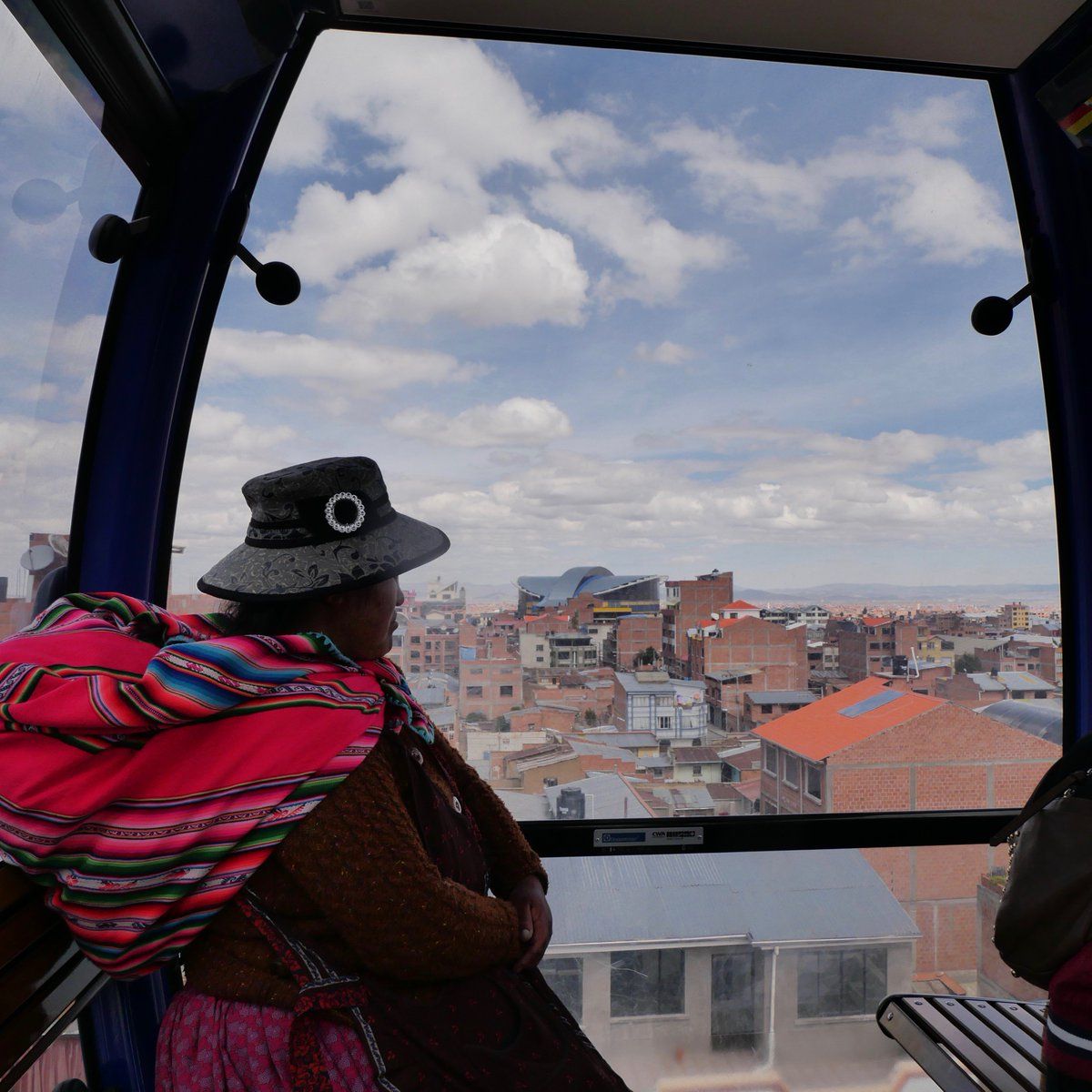-
The swearing in of Iván Arias as Mayor of La Paz marks the end of twenty years of center-left rule of Bolivia's administrative capital. Given that large LatAm capitals are often left bastions, it's worth talking thru how this happened. @noticiasfides/1389279436365828098
-
As the metropolis has expanded outwards, La Paz's population has tilted further towards the middle class, making it a politically different place than, say, Mexico City or Buenos Aires.
-
The Without Fear Movement was in a unique arms-length-but-hands-clasped alliance with the MAS during Evo Morales' first term. In 2010, however, the MAS ran its first of three failed campaigns to claim La Paz for itself.
-
In 2014, however, there was little market for center-left alternative to the MAS-IPSP. After a fateful decision to not pair up with the Green Party, the MSM lost its ballot line.
-
Revilla re-founded a slightly less left SOL.bo in an alliance of convenience with indigenous leader Félix Patzi. Patzi became governor.
-
Like other megacity mayors, del Granado and Revilla distinguished themselves by investing in populist urbanism. The municipal government built steps in La Paz's steeply sloped hills, built neighborhood centers, attended to local needs, and designed a public bus system.
-
What it did not do was attract votes at the municipal level. Soledad Chapetón (UN) took over as mayor of El Alto, the first Aymara woman to hold the job, and Lucho Revilla continued in La Paz.
-
During the protests, Lucho Revilla ran to the front of the parade challenging Evo. Then in January he sealed an alliance with President Jeanine Áñez for the 2020 elections. woborders.blog/2020/01/30/anez-new-ally/
-
The campaign of the interim president who had promised to never run for president, Áñez, never caught on. Her party was one of the few to drop out in the name of anti-MAS unity.
-
Hence the political space opened for Iván Arias, leader of governmental decentralization in the 1990s, and public works minister under Áñez to run for mayor of La Paz.
-
Arias has pledged to put administration ahead of politics, but of course many politicians say that.
-
What is striking about this story is (1) the gradual rightward drag of the upscale half of the metropolis in opposition to a left national government; and …
-
(2) the profound failure of the MAS to use its abundant resources to build a strong base in any large Bolivian city.
-
That was the savvy move in 2006, 2015, and 2021. In the last case, however, the MAS threw away viable candidates in El Alto, Cobija, and Trinidad, preferring to lose to them rather than back politicians who think for themselves.
-
Something more complex happened in La Paz, but it too is a cautionary tale about the failure to build an urban base in a rapidly urbanizing country.





